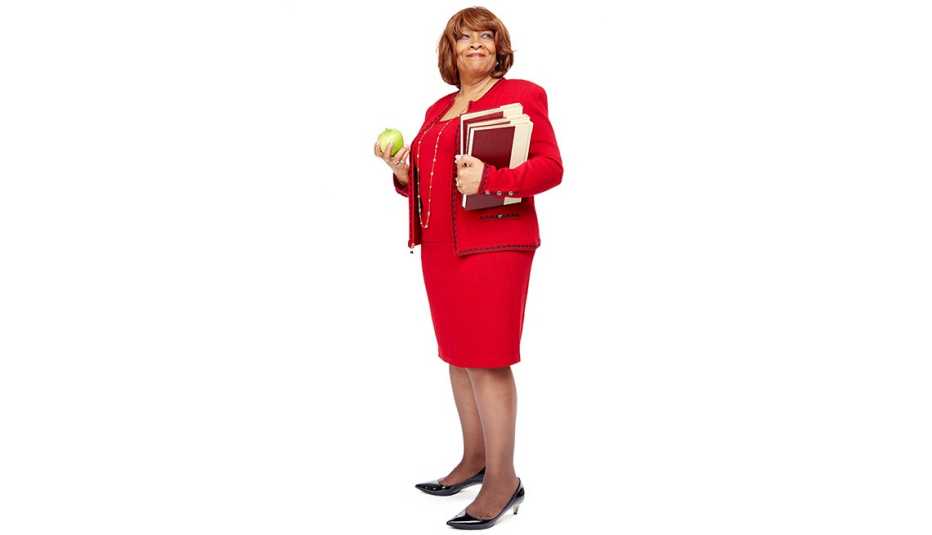AARP Hearing Center


Doris McGhee Collins gave retirement a try. At 63, she stepped down from her post as a human resources executive at a financial-services company in Arlington, Virginia. Then came the stock market meltdown of 2008. Fretting over her shrinking nest egg and restless at home, she launched an HR consulting business. And last year, at age 70, she found herself back at work full time as the human resources director at a 1,600-student consortium of Washington, D.C., charter schools.
The extra income is welcome, but the real appeal lies elsewhere: the eight-minute commute, the satisfaction of doing a job she knows well. And, well, working is fun. "Just going into the schools and seeing the kids gives me such a shot of adrenaline," Collins says. How long will she keep at it? "I feel great now, and will continue as long as my health and energy remain at these levels. I work a nine- or 10-hour day, but the work is so enjoyable."
Meet the hottest demographic in the labor market: men and women working not only past traditional retirement age but into their 70s, 80s and sometimes beyond. Over the coming decade, they'll be the fastest-growing segment of the workforce, according to the Bureau of Labor Statistics. Among 65- to 74-year-olds, labor force participation is predicted to hit 32 percent by 2022, up from 20 percent in 2002. At age 75 and up, the rate will jump from 5 percent in 2002 to 11 percent in 2022. Meanwhile, participation rates among younger age groups will be flat or will even fall.
"The number of workers over age 75 who work is still a small phenomenon as a percentage of the population, but it's definitely trending upward," says Sara Rix, senior strategic policy adviser with the AARP Public Policy Institute and an expert on older workers. "It might accelerate if people were able to make midlife career changes more easily. Who wants to do the same thing for 20 more years that they've been doing for a long time? Many people now working into their late 70s and 80s have careers with a lot of variety that helps keep work interesting and enjoyable."
Rising levels of educational attainment are fueling the trend, says Gary Burtless, an economist with the Brookings Institution. In 1985, only 15 percent of men between 60 and 74 had a college degree; in 2011, 32 percent did. The figures for women lag but are following the same general trajectory, Burtless says. To a striking degree, working after retirement age tends to be the province of a high-status, well-educated subset of the population: 61 percent of those ages 62 to 74 who were working in 2009 held doctorates or professional degrees, compared with just 28 percent of those whose educations stopped after high school.
Certain professions are notably friendly to their oldest practitioners, for several reasons. White-collar professionals in fields such as the arts, medicine, law, education or business are not only spared the physical toll of blue-collar labor, they also often receive formal or informal job protections, such as the tenure system in academe. Plus, "many of these jobs have greater social prestige," says Burtless, "so they offer people who remain in them status that they might partly lose when they leave their jobs."
Pure financial need is clearly a factor, too: Workers can delay filing for Social Security, save more for retirement and spend fewer years depleting those savings to fund living expenses. Seventy percent of experienced workers say they plan to work in retirement, whether full or part time, according to a 2014 AARP study; 35 percent of those ages 65 to 74 cite the extra income as the biggest reason why. "Working a few more years and delaying Social Security until you're 70 can make the difference in retirement between cat food and sirloin," says financial planner Harold Evensky, who walks the walk on this issue. At 72, he maintains an active role managing his firm.































































More From AARP
Never Too Old To Code
Japanese woman, 82, created a popular mobile app
Survive an Open Office
7 Tips for the Workplace